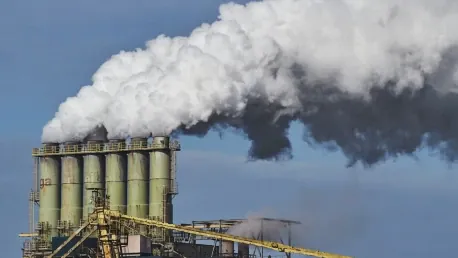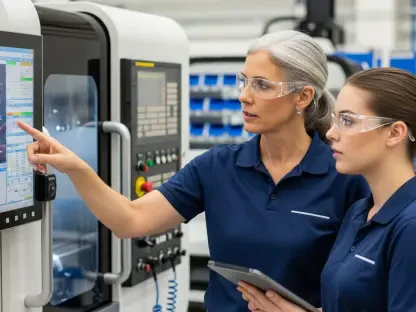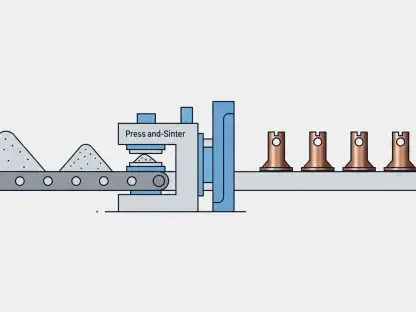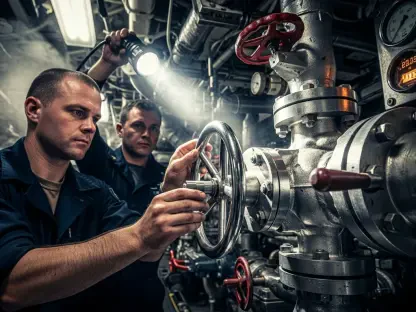The oil and gas industry poses significant challenges to ensuring workplace safety due to the inherently hazardous nature of the work, complex operations, and the involvement of heavy machinery and volatile substances. According to a study conducted by OSHA, there were 2,101 serious injuries reported across 32 countries, with a staggering 43% involving the upper limbs of workers. This statistic alone underscores the urgent need for targeted interventions and robust safety measures. Petroleum and drilling service companies reported a higher concentration of accidents compared to primary sector operators, highlighting the need for systemic approaches to address these risks effectively.
Addressing the Needs of Seasonal and Occasional Workers
Seasonal or occasional workers in the oil and gas industry often face especially critical working conditions, contributing to an increased risk of accidents. These workers typically experience longer shifts, have less familiarity with the work environment, and possess limited access to safety resources. The main issues identified include insufficient information about the work environment, inadequate professional training, limited access to safety equipment, and the absence of union representation. This combination of factors creates a hazardous work context that necessitates focused and strategic interventions to ensure these workers’ safety.
One of the key areas requiring attention is the provision of comprehensive professional training. Training programs must be designed to familiarize workers with the specific hazards of their work environment and equip them with the skills needed to manage risks effectively. Furthermore, granting these workers access to high-quality safety equipment is critical. Implementing systems that ensure timely and adequate distribution of safety gear can significantly mitigate the risks faced by these vulnerable worker groups. Additionally, increasing awareness and promoting the importance of safety through continuous education can help foster a culture of safety and vigilance among the workforce.
The Economic Impact of Work-Related Accidents
The economic ramifications of work-related accidents in the oil and gas industry extend beyond the immediate costs of medical expenses and productivity losses. Machine downtime, potential legal disputes, and reputational damage further exacerbate the economic burden on companies. Investing in prevention and safety systems not only protects workers’ well-being but also generates substantial economic advantages. Studies estimate that every dollar invested in prevention can save up to four to five times the amount in avoided accident costs.
A transformation in industrial safety necessitates more than just compliant regulations and advanced technologies. It calls for a profound cultural change where the significance of safety is deeply ingrained in every aspect of work. Companies must invest in continuous and rigorous training programs that emphasize the importance of personal protective equipment, risk awareness, and adherence to standard operating procedures. Transparent communication about risks and incentivizing virtuous behaviors play crucial roles in establishing a culture where safety is a shared value and strategic priority.
Leveraging Technological Advancements for Enhanced Safety
Technological advancements present significant opportunities to enhance safety in industrial plants. Advanced monitoring systems, intelligent protection devices, and real-time data analytics can drastically improve workplace safety by providing early warnings and enabling rapid response to potential hazards. These technologies allow for better monitoring of equipment and working conditions, ensuring that any anomalies or unsafe practices are identified and addressed promptly.
Integrating contractors into companies’ overall safety plans is another vital step towards improving safety outcomes. Contractors must be included in training programs and provided with the necessary resources and equipment to perform their tasks safely. This approach ensures that all personnel, regardless of their employment status, operate under a unified safety framework. Additionally, continuous training programs that focus on personal protective equipment usage, risk awareness, and standard operating procedures are essential for maintaining high safety standards across all operations.
Cultivating a Culture of Safety
The oil and gas industry faces significant challenges in ensuring workplace safety due to the inherently hazardous nature of the work, complex operations, and the involvement of heavy machinery and volatile substances. According to a study conducted by OSHA, 2,101 serious injuries were reported across 32 countries, with a staggering 43% involving workers’ upper limbs. This alarming statistic underscores the urgent need for targeted interventions and robust safety measures. Petroleum and drilling service companies reported a higher concentration of accidents compared to primary sector operators, highlighting the necessity for systemic approaches to address these risks effectively. The need for comprehensive safety strategies is critical, as these measures can not only prevent injuries but also enhance operational efficiency and worker morale. By prioritizing safety through improved training, better equipment, and stricter regulatory standards, the industry can mitigate risks and create a safer working environment for all involved.









